With a week of warmer weather behind us, I had a feeling that today would be good for the first expedition of the Spring. I rose at 5 AM, careful not to wake Sue, dressed quietly, packed my binoculars and camera, and pulled my bike from the basement. I then cycled over to Elgin Street and ate breakfast at Dunn’s. After breakfast, I carried my bike on to a 95 bus to Orleans, in the east end of the City.

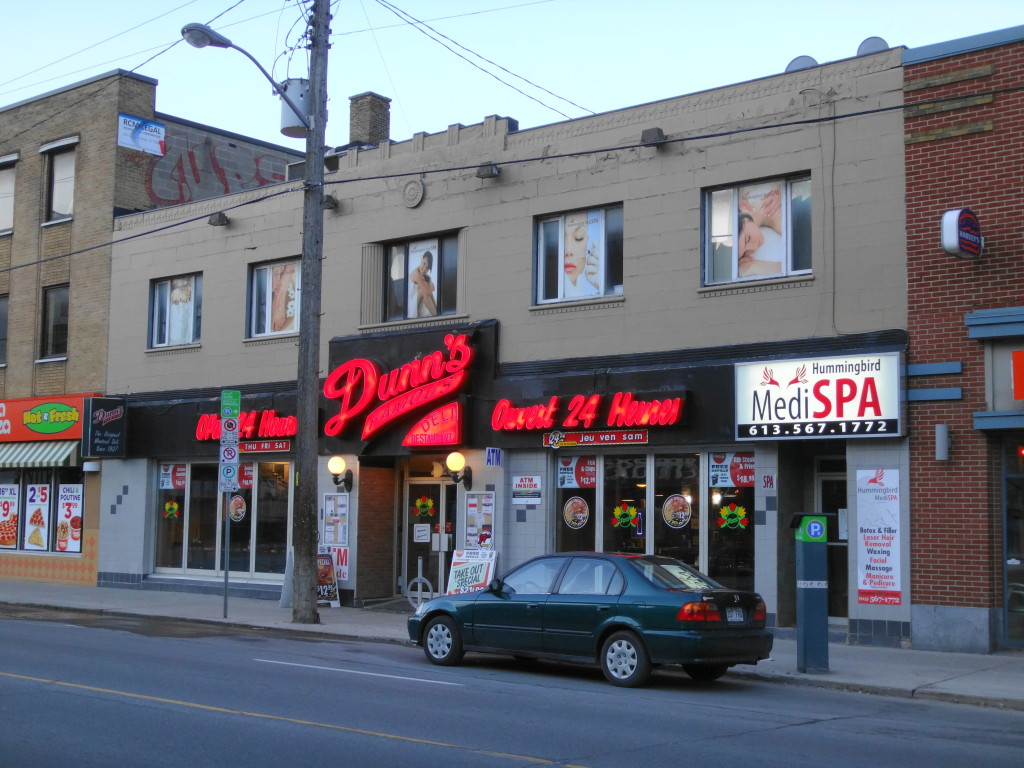
From the Place D’Orleans Shopping Centre, I headed south on Tenth Line Road. I passed out of the urban area, into the farm fields, where I stopped to admire two eastern phoebes flitting around a derelict barn. It looks like a good place for barn swallows. Dropping down into the lowlands around the Mer Bleue bog (a globally significant wetland), I almost immediately came across a beautiful northern harrier, which drifted away across a damp, grassy field.

I turned on to Smith Road and climbed a low rise, getting my first glimpse of the fields and floodplain east of Mer Bleue. A flock of geese cackled in the pasture beside the road. In the scraggly hayfield behind them, a dozen sandhill cranes gleaned through the hummocks. Unfortunately, my camera is limited to optical 5x zoom and digital 10x zoom. But you can just make them out the photos.
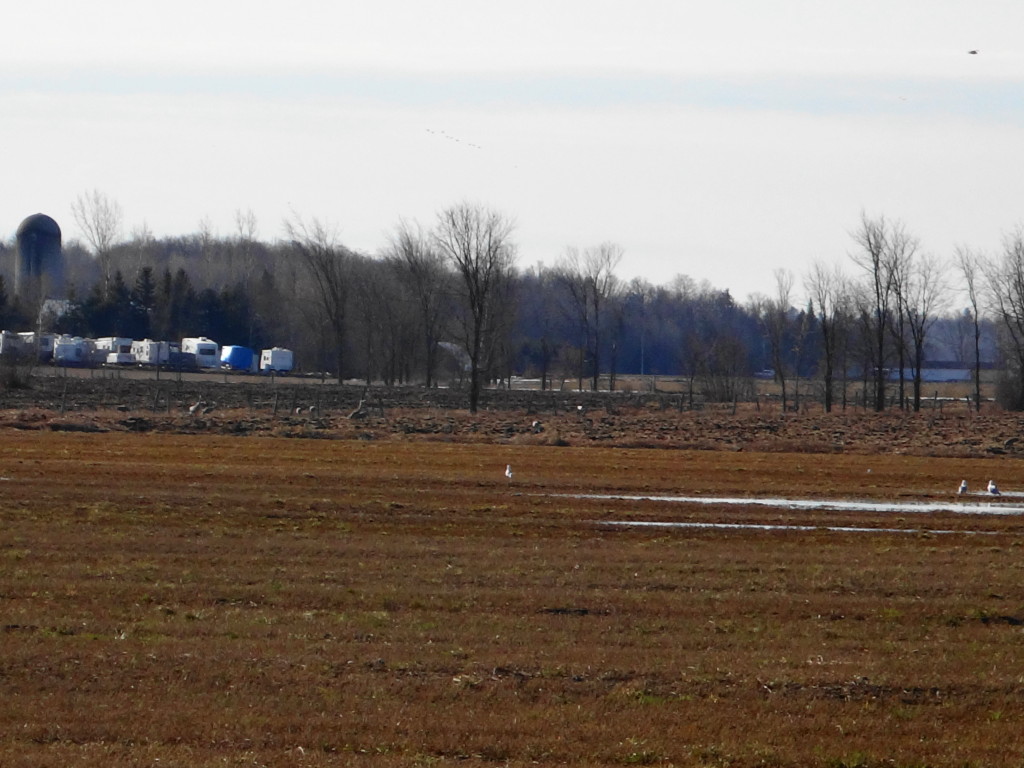

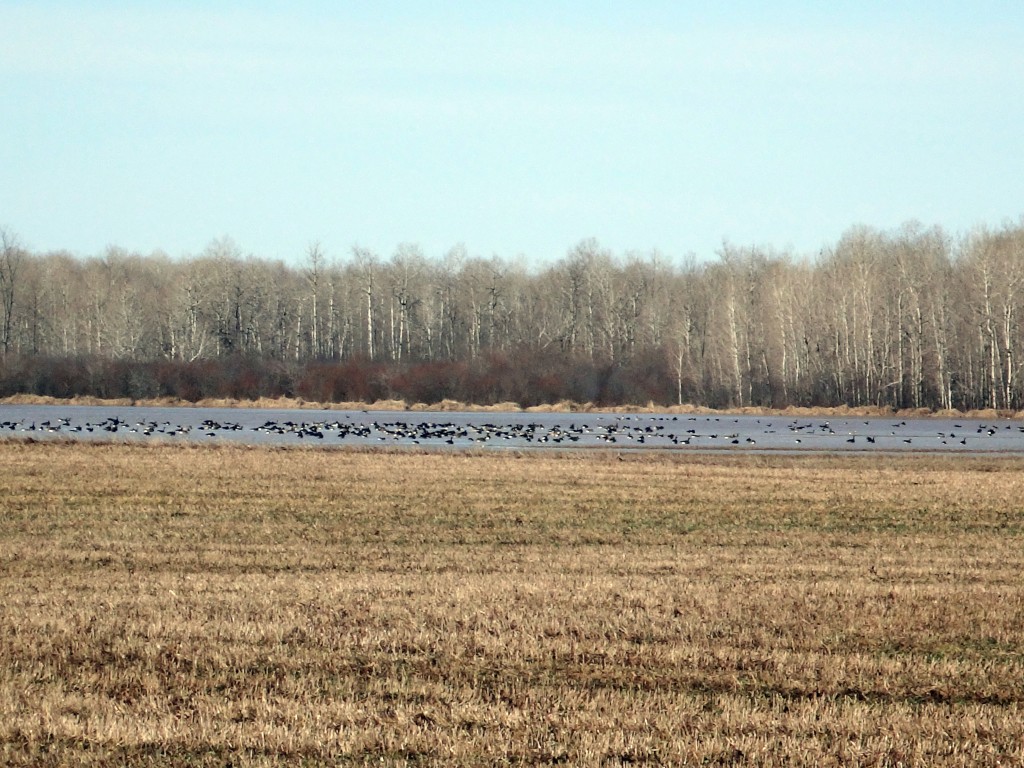

From Bearbrook, I headed a little east and then north into the Cardinal Creek area. I cruised the roads for several hours, exploring some of the places that I’d featured in a recent planning study (the Greater Cardinal Creek Subwatershed Study): woodlots, karst pavements, the Proulx sugarbush.

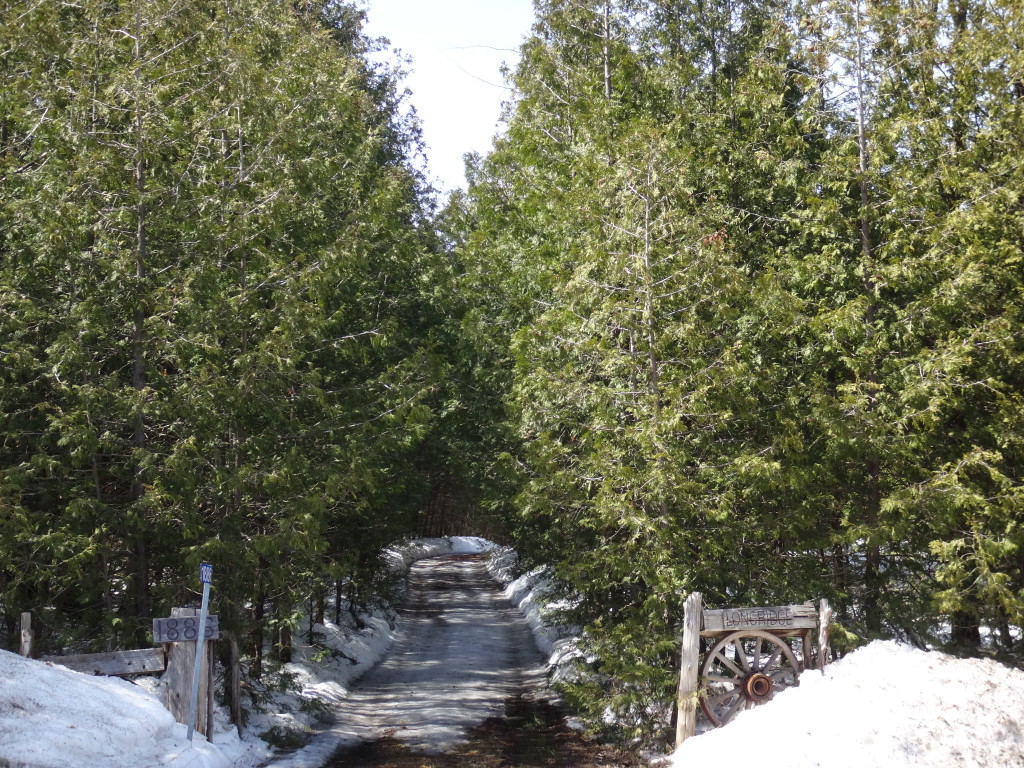
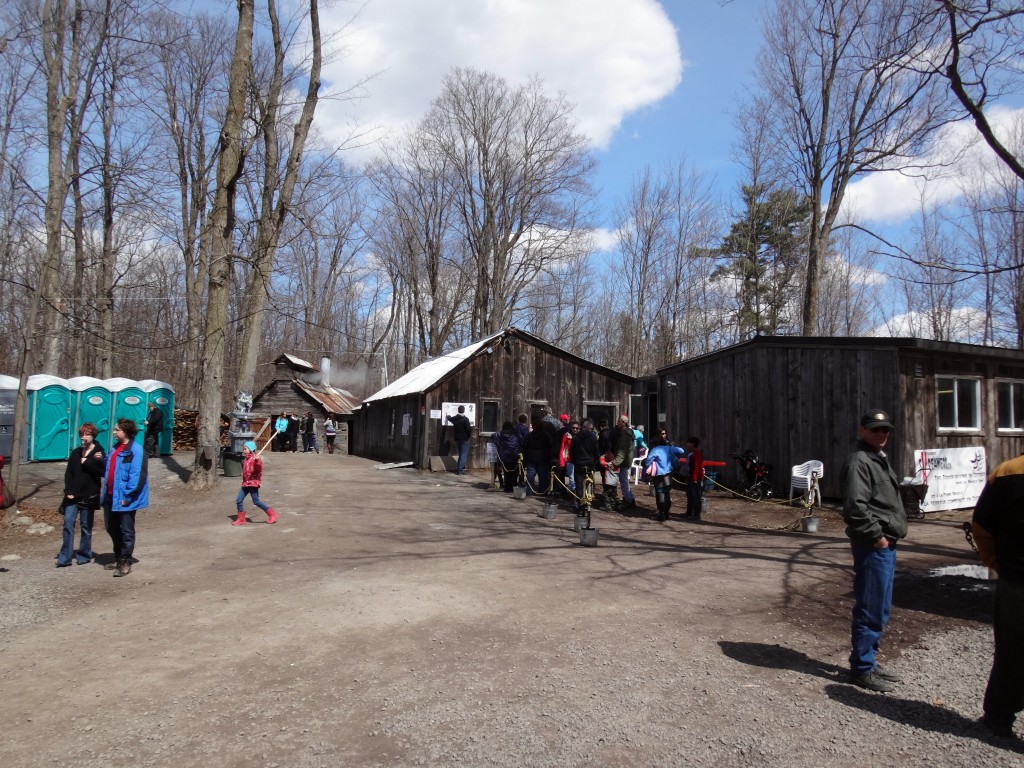
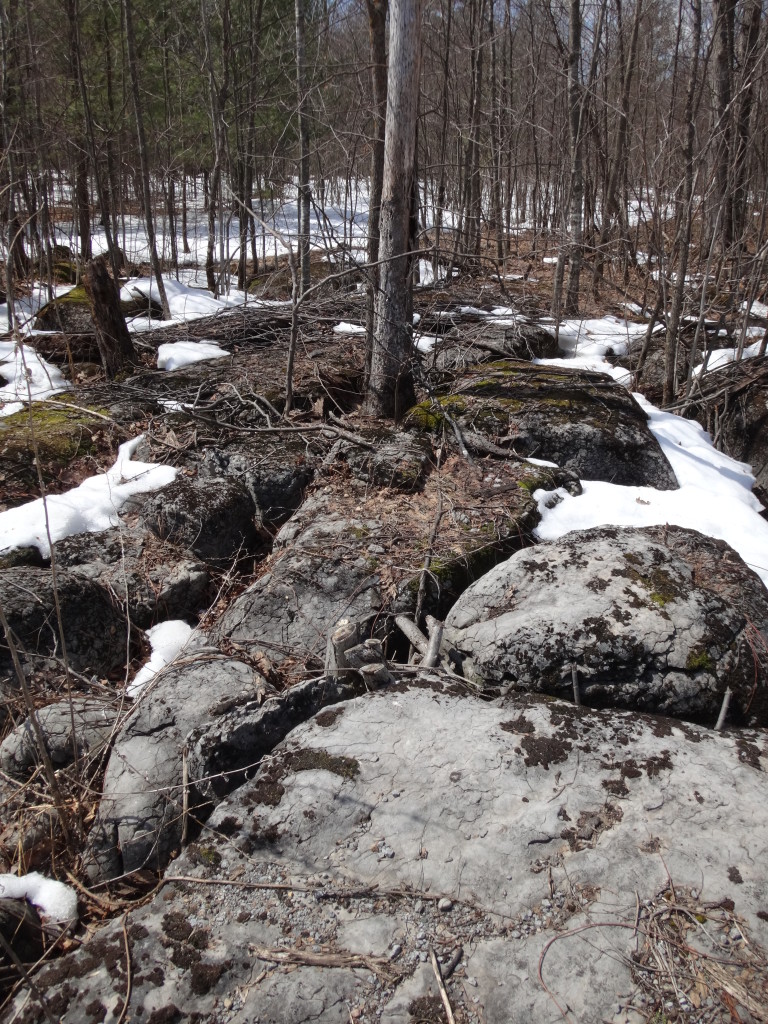
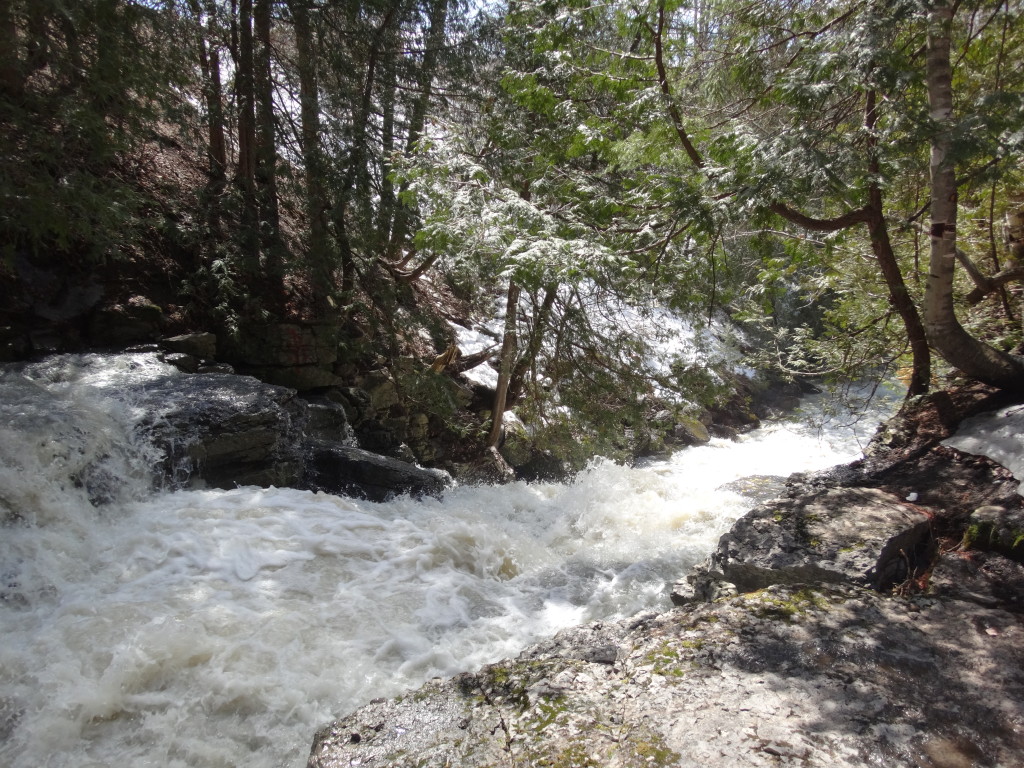
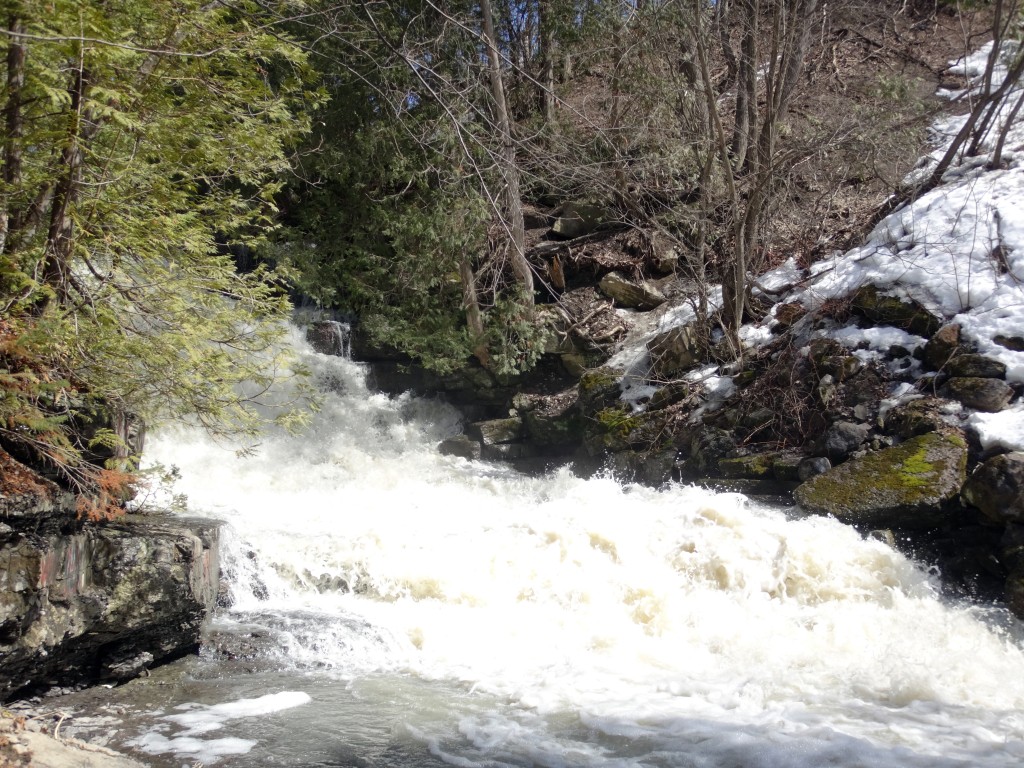
- Ring-billed gull
- Song sparrow
- Robin
- Black-capped chickadee
- Canada geese
- Mallard
- Pintail
- Wood duck
- Common goldeneye
- Bufflehead
- Great blue heron
- Sandhill crane
- Killdeer
- Woodcock (heard)
- Wild turkey
- Kestrel
- Northern harrier
- Red-tail hawk
- Turkey vulture
- Mourning dove
- Pigeon
- Common flicker (heard)
- Yellow-bellied sapsucker
- Eastern phoebe
- Tree swallow
- Crow
- Raven
- Red-wing blackbird
- Brewers blackbird
- Common grackle
- Starling
- Cardinal
- Chipping sparrow
